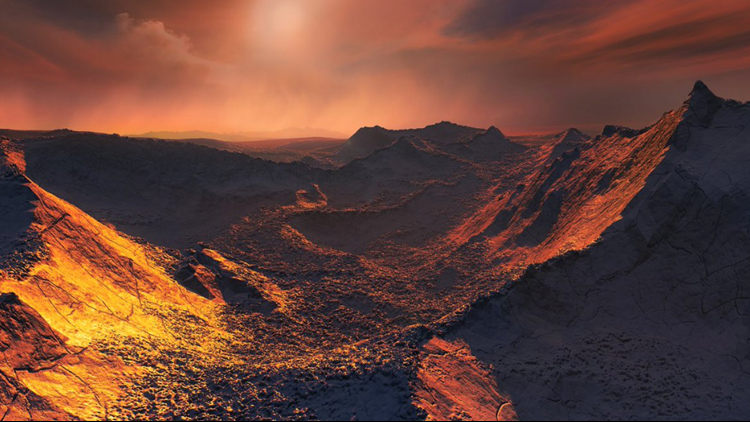Barnard’s Star, a red dwarf star located in a solar system about six light-years away from Earth, may have some company.
Researchers of the “exoplanet-hunting” group Red Dots have detected a planet—some 3.2 times the Earth’s mass and very cold—orbiting the star, Smithsonian reports. Their findings were published in Nature on Wednesday.
“We firmly believe the object is there,” says lead researcher Ignasi Ribas. “We always have to remain a bit cautious … but we were sure enough that we were willing to go forward with publication.” The planet, Barnard’s Star b, is the second-closest exoplanet (a planet outside of our solar system) to Earth, per USA Today.
Researchers looked at two decades worth of data from seven different telescopes to pick up the planet, according to Forbes. As for the possibility of life on Bernard’s Star b, the planet is “way too cold” to sustain liquid water, Ribas says, and whether life may be frozen beneath an ocean is just speculation at this point.
During the course of their study, Smithsonian notes, researchers found faint evidence of another planet, which would be Barnard’s Star c. Several decades ago, scientists believed that they had detected planets around the star. However, those ended up being the result of an instrument problem.
(Last year, scientists found the smallest possible star.)



